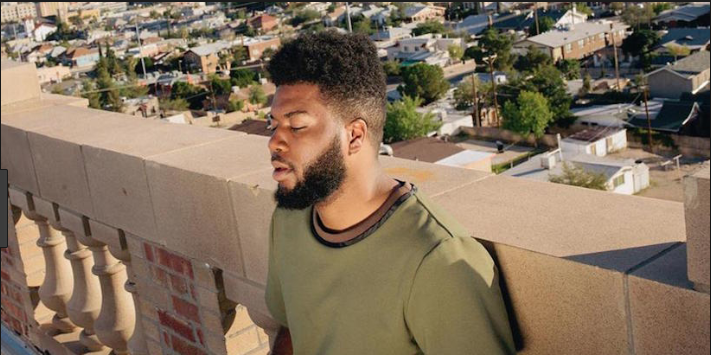When I read about someone doing a Death Note live action remake last year, I was afraid. I never had much confidence in remakes of my favorite animes and cartoons, especially after the disaster that was the Last Airbender. As I was reading the article, I was confused when I read that Light Yagami (now Light Turner), the main character, would be played by Nat Wolff (ex Naked Brothers Band member). Death Note is a Japanese anime based in Japan. I didn’t understand how you could have a story about a Japanese character living in Japan with a white man playing the main role. I was even more horrified as I read up more about the project. The director said that he was changing the background of the series. It would be based in Seattle rather than Tokyo and the characters would all be American. I was so disgusted with the concept that I pushed it into the back of my mind and I tried to forget that it was happening. It worked.
Until today.
At around 10:30 AM EST, Netflix dropped the trailer for the now infamous project and the internet exploded. They didn’t only move the location. They also made the majority of the characters white. There as not one Japanese character seen in the entirety of the almost minute long trailer. Almost instantaneously, people were going back and forth about whether it was right for Netflix to completely whitewash an inherently Japanese show.
Netflix was absolutely wrong to whitewash Death Note. It was cool of them to make L, the brilliant mastermind who is hired to chase Light, black but this was a project that was perfectly made for an all Asian cast. Asians are the least represented ethnic group on American television. Asian actors only hold 1% of Hollywood’s leading roles and 6% of the leading roles on television. When they are cast, they are often background characters or people who fit the Asian stereotypes. Asians, in general, are made fun of for their accents and made into computer nerds. Their characters are one dimensional instead of the complex, varied human beings that Asians are. Asian men are desexualized and demasculinized. They are the butt of small dick jokes. Asian women are oversexualized and fetishized. They are cast as docile, obedient women, only adding to the tragic stereotypes that exist for Asian women. Because of these stereotypes, 61% of Asian women will experience physical and/or sexual violence by an intimate partner.
This isn’t because there aren’t popular Asian characters; it’s because those roles are given to white people. Scarlett Johansson is pretending to be Japanese in the live-action adaptation of the anime Ghost in the Shell. Time and time again, Asian roles are handed over to popular white actors. Changing the ethnicity of a character is basically saying that the original ethnicity of the character is marketable enough. It’s not good enough to make us money. We need someone better. They want Asian stories without the Asian faces when they should be one and the same.
Media is a reflection of how the world sees different types of people. It also influences how people feel about others. If you’ve never met an Asian in your life but you’ve seen movies where the Asian characters say “ching-chong” with mocking squinted eyes and laugh about their small penises, you’re going to think that’s how all Asians are. This leads to micro-aggressions like “You speak English so well” or “You’re really cute for an Asian guy”. Back-handed “compliments” that are just racist fueled sentiments.
I want to see gay Asians. Asian strippers. Independent Asian business women. Sexy Asian models. Popular Asian football jocks. I want the entire spectrum on my TV. They all deserve for their stories to be told by someone who looks like them. They deserve to know that they matter.
Because whitewashing stories like Death Note and Ghost in the Shell that are Asian tells them that they don’t.











